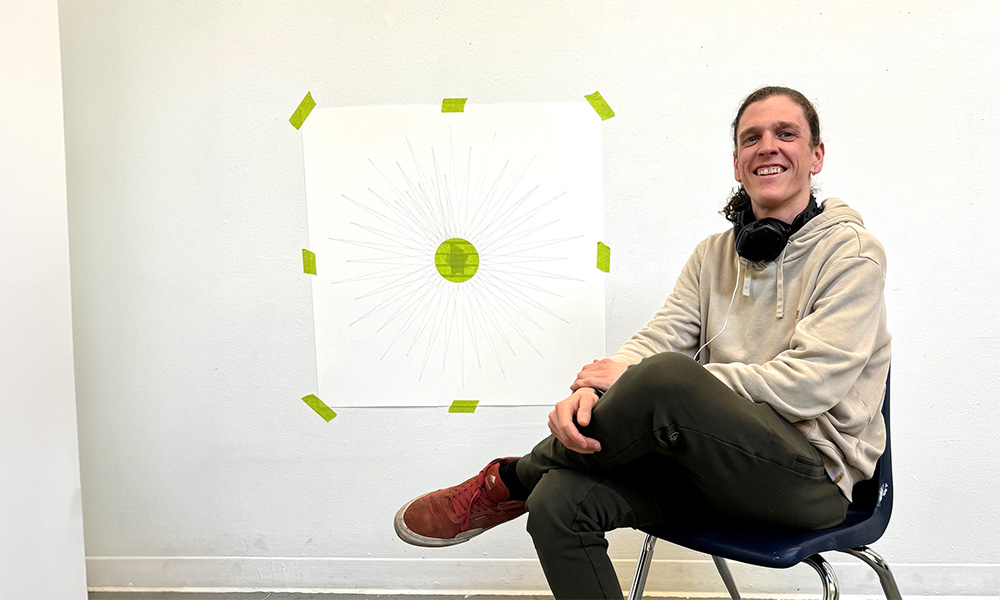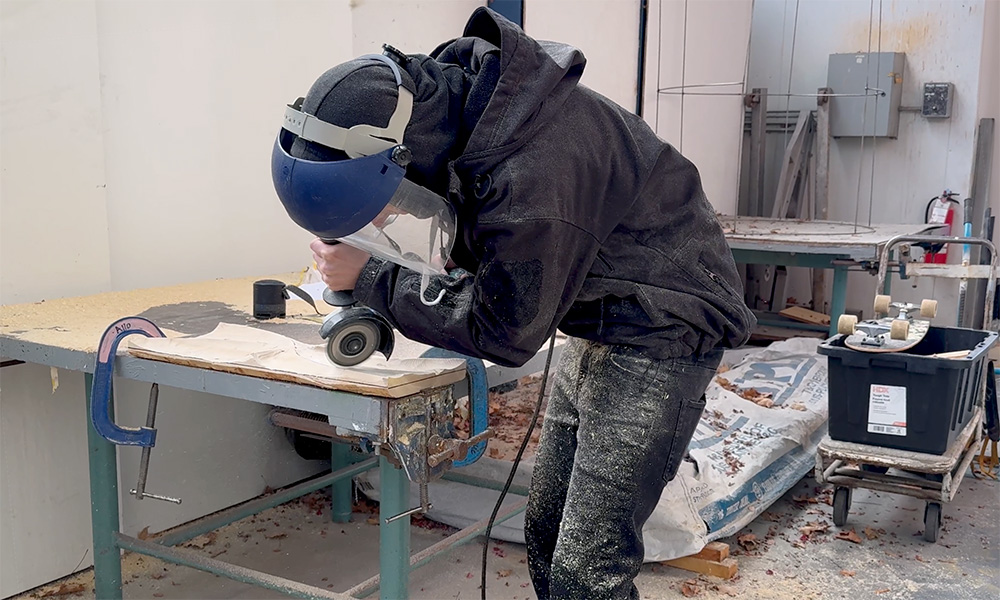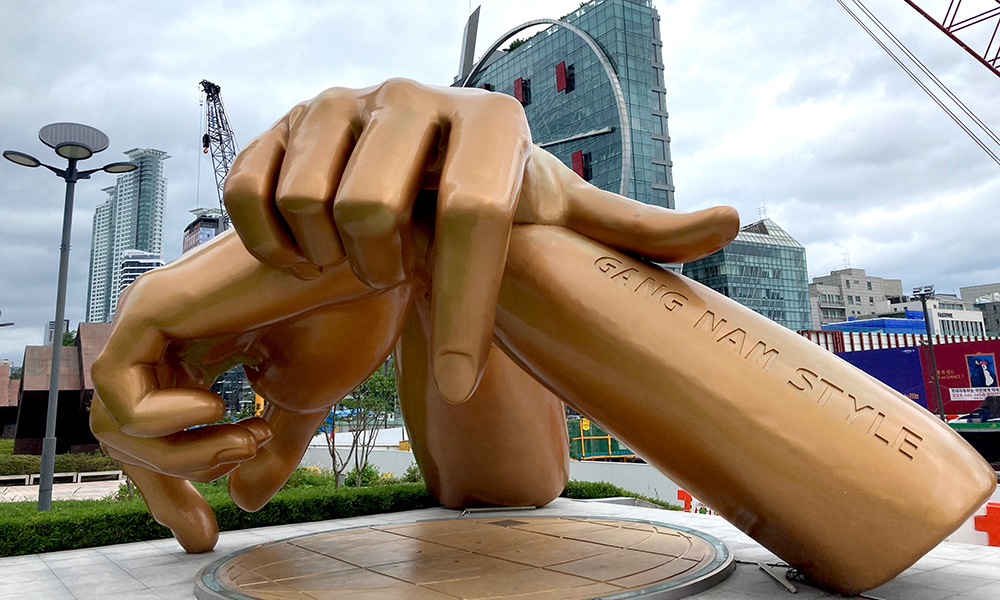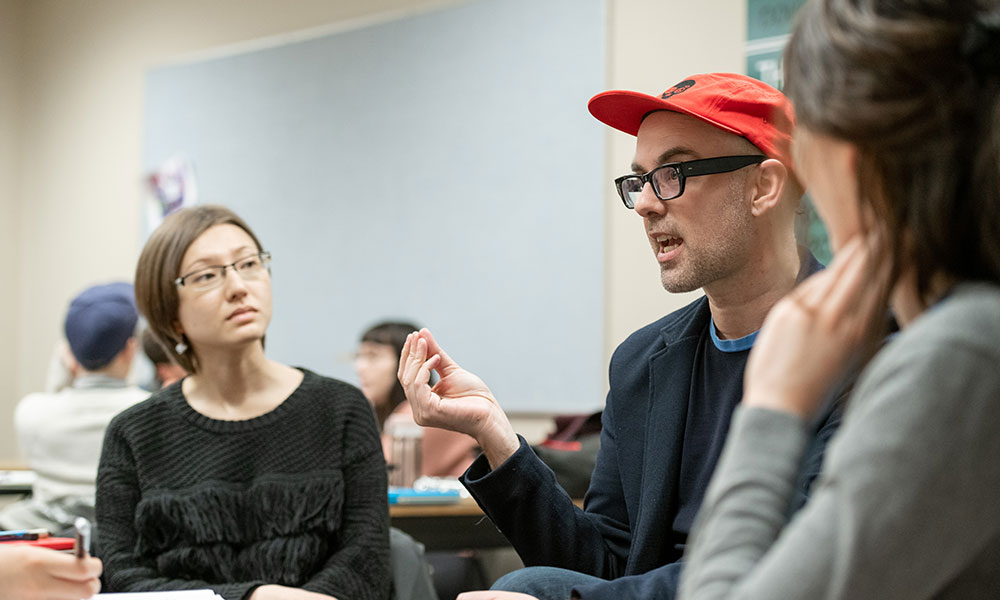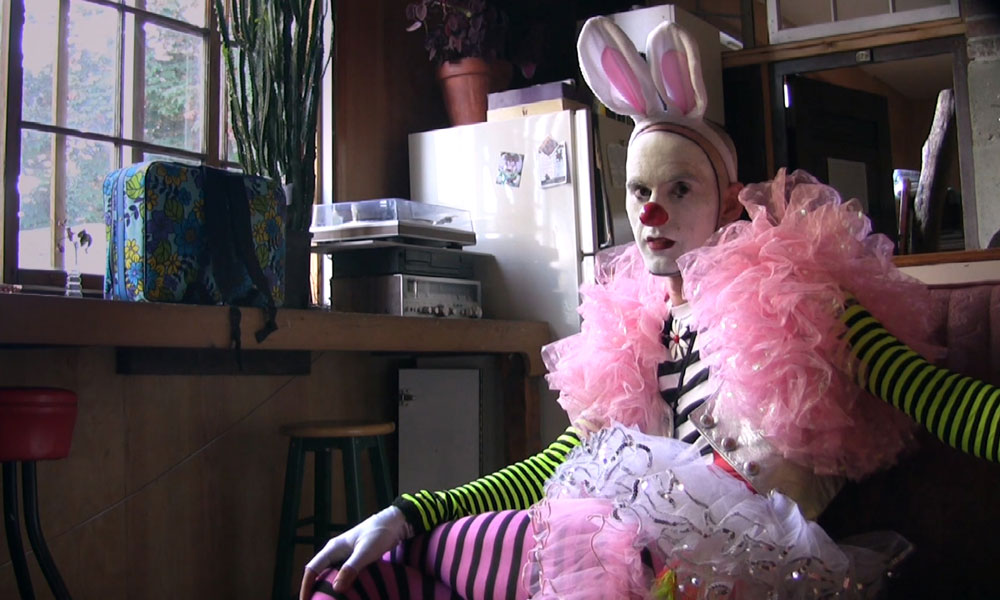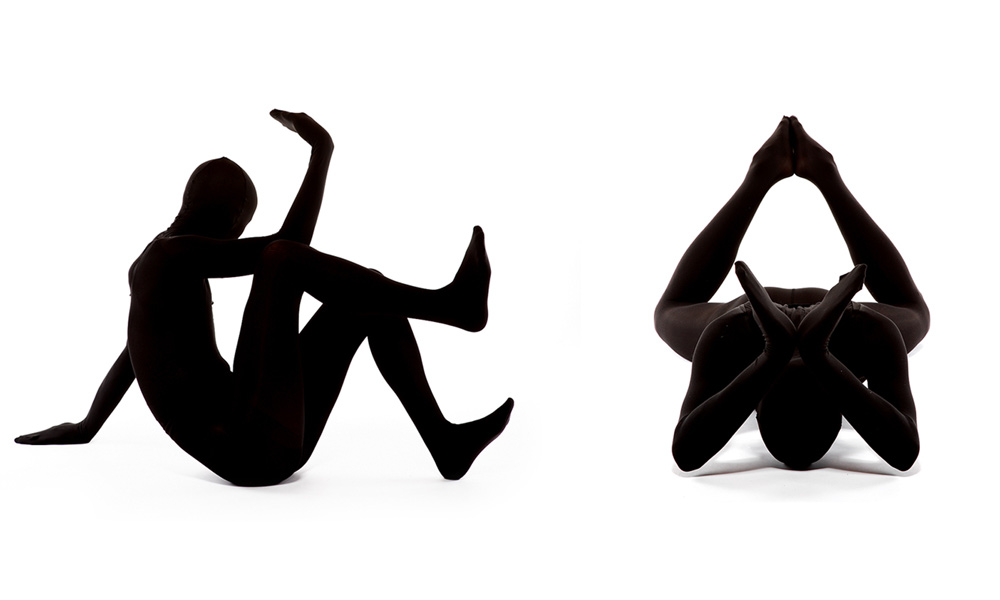Doctoral student Stephenie Hendricks’ journey to UBC Okanagan has been anything but conventional.
With a lengthy background in public and commercial broadcast journalism, Hendricks soon realized she loved teaching after instructing several classes in journalism and social justice communications at Dominican University of California.
“I didn’t know I was going to fall in love with this age group and that I wanted to teach,” she explains.
“When I was researching interdisciplinary doctoral degrees, UBC Okanagan was the only university in all of North America offering such a program.”
Hendricks applied to Interdisciplinary Graduate Studies in the Sustainability theme and was supervised by Dr. Greg Garrard, a literary eco-critic who explores environmental literature. His passion for using literary storytelling to deliver and mobilize knowledge on environmental issues guided Hendricks’ unique essays. She wanted to tell these stories in an accessible fashion for those without a background in science and health realms, since these hazards impact everyone.
With a focus on environmental health and justice, Hendricks’ research presents stories of those working on critical health issues related to environmental toxic exposures.
“I didn’t want my story in it at all, but I soon realized that blending personal experience with academic data was an effective way to communicate this research.”
Hendricks remembers initially feeling a bit lost and frustrated with the process of taking a conventional literary approach to documenting her research. A pivotal moment came when she was encouraged by Dr. Garrard to use Scholarly Personal Narrative methodology, which integrates the researcher’s own story alongside academic research.
“I didn’t want my story in it at all, but I soon realized that blending personal experience with academic data was an effective way to communicate this research.”
She adds: “In a digital methodology course with Dr. Miles Thorogood, I discovered there are many ways to mobilize knowledge.”
In that class, a lightbulb went off for Hendricks; why not develop a podcast to present her dissertation?
“With my experience in radio, a podcast seemed like the perfect way to move forward.”
“I wanted to present my research participants’ own voices. It’s a way to make invisible hazards in our environment more visible and to connect these issues to rising health concerns.”
Many of the people interviewed are those who Hendricks worked with before beginning her teaching career. After leaving broadcast journalism, Hendricks found herself working as a communications professional for a non-governmental organization tackling pesticide issues—without a single chemistry class under her belt, she recalls, as she applied her journalistic experience to assist health advocates and scientists.
This included helping various physicians and scientists from several African countries in 2007 to stop a major agrochemical company from using American tax dollars to spray DDT (Dichloro-diphenyl-trichloroethane) in their countries. DDT is a potent insecticide used between the 1940s and the 1970s.
“I was sent to Washington, DC, where we held a congressional briefing to block the funding. Scientists presented the health impacts of DDT on affected communities, including children with learning difficulties and deformed genitals. While we succeeded in stopping the funding, we couldn’t stop the spraying.”
The podcast uses a Radiolab-style soundscape, bringing to life the voices of environmental health and justice advocates, along with music and sound effects.
“I wanted to present my research participants’ own voices,” she emphasizes. “It’s a way to make invisible hazards in our environment more visible and to connect these issues to rising health concerns like cancer, neurodevelopmental disabilities and infertility.”
“If there’s a common thread in everything I’ve ever done, it’s to grow audiences to receive information that helps them with their lives.”
Hendricks adds that these are critical issues that need to be discussed more widely. “I’ve had success in previous work, and through my research, I want to share these stories and raise awareness of these potential negative health effects that also happen to be linked to climate change.”
One of Hendricks’ main goals was to be able to reach a wider audience, and while a podcast will do that, Dr. Garrard also suggested the idea of creating an Open Education Resource (OER) curriculum—making it accessible to everyone across the globe, not just students or professors in British Columbia.
The OER includes the stand-alone podcasts as well as a written curriculum, so it can be used in a variety of ways, including in classes within a variety of disciplines like history, chemistry and sustainable business.
Reflecting on her work, Hendricks says, “If there’s a common thread in everything I’ve ever done, it’s to grow audiences to receive information that helps them with their lives. The hope with the curriculum is that it will demystify these topics in a way that helps students understand these complex issues, and feel empowered to create a healthier future for themselves and their families.”
The post Innovating doctoral research through podcasting appeared first on UBC Okanagan News.

